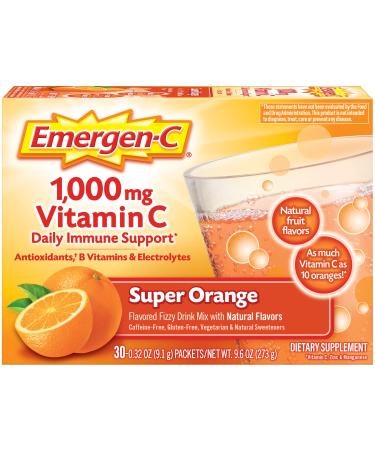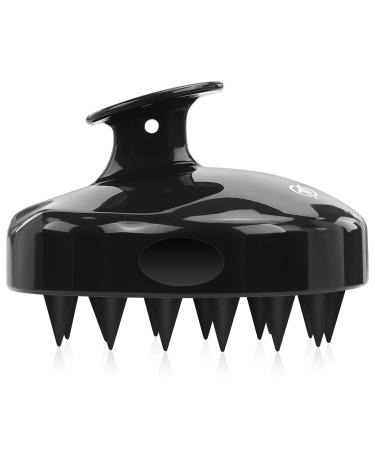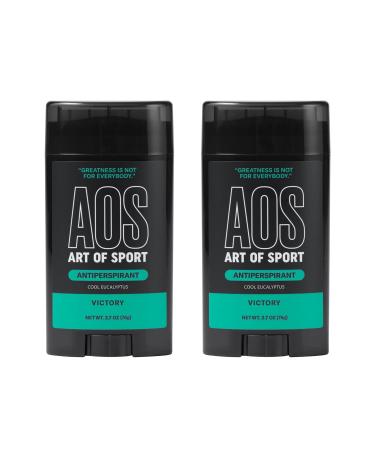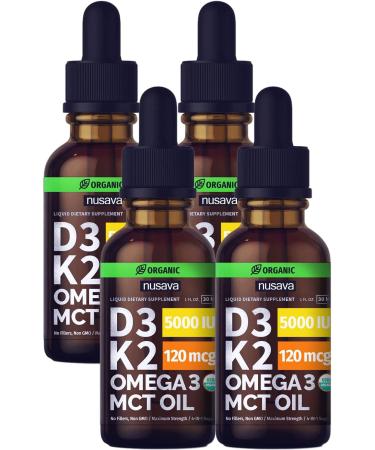Wireless design, remote control, enjoy the facial light therapy SPA anytime, anywhere Q:What is Phototherapy/Light therapy? How does it work?
A: LEDs offer a mechanism for low-level light therapy (LLLT) or "photo biostimulation," also known as "light therapy." The effects of phototherapy and LLLT are photochemical. When the correct irradiance and wavelength are used, the photons of light energy generated by the LED light source are absorbed by selected chromophores in the tissue of skin cells, thereby improving the metabolism of cells and promoting the proliferation of healthy cells.
The GYH LED Light Thrapy Mask helps activate keratinocytes and restores firmness to aging skin by providing the skin with the correct wavelength, irradiance and dose of low-intensity LED light. GYH LED light activates the fibroblasts in the skin, which not only help in the production of collagen but also in the production of hyaluronic acid, which is very effective for deep moisturizing of the skin. At the same time, the GYH LED mask affects procollagen synthesis (a precursor to collagen synthesis) by activating fibroblasts. This ultimately helps to increase collagen in the skin, resulting in skin-improving effects such as elasticity and clarity.
Q: How is the dose of the phototherapy mask calculated?
A: The dose is measured in joules per square centimeter (J/cm²) and is the total energy delivered into the tissue. Its calculation formula is the dose (J/cm²) = irradiance (mW/cm²) × time (second). This means that low irradiance can lead to greatly extended use time, and even too low irradiance can cause no effect for any extended use time. The irradiance of most home phototherapy products on the market is below 5mW/cm², while the designed irradiance of Gyh products is 30mW/cm².
Q: Why choose red, near-infrared, and blue light instead of the common seven-color light on the market?
A: These three lights are the only three kinds of light that have been proven effective by the scientific community. These are also the only three FDA-approved lights. The effects of other lights do not have enough support from sufficient scientific research, so we do not use them.
Q: Why combine red and near-infrared light therapy?
A: According to research by GYH experts, wrinkle reduction devices that use red LEDs alone are not as effective at reducing signs of aging or improving the skin's overall texture and skin tone, and its effects are greatly enhanced when combined with near-infrared light that penetrates deeper into the skin, exert the result of 1+1>2. So we combine red and near-infrared light, and when you choose "Red" mode, both lights will be on at the same time (near-infrared light is invisible, so the naked eye can't see it).
Q: Does the number of lamp beads matter?
A: Just as a flock of sheep can't compare to a lion, more bulbs don't mean a more powerful mask. The light power density (irradiance) of the lamp beads plays a more critical role. The high-quality lamp beads imported from Germany used by GYH can reach the irradiance value of 30mW/cm² with only 40 pieces to achieve the best effect. Most of the products on the market that are less than two hundred dollars have an irradiance value of less than 5mW/cm², although their number of lamp beads may exceed one hundred.
Q: Can phototherapy masks completely replace other skin care and anti-aging products?
A: No, in fact, the right skin care products can make the effect more significant. A phototherapy mask is a kind of beauty instrument, which can promote cell metabolism and improve the youthful state of skin cells. After phototherapy skin care, more attention should be paid to skin care processes such as hydration. Light therapy also has a biphasic effect, and the right operating time and optical power density can achieve a more ideal effect, so you may not use a light therapy mask every day, but you can continue to use skin care products every day.
Q:Will the area covered by the silicone eye pad not directly exposed to light affect its effectiveness?
A :The Light therapy's effect is systemic. Even if some areas like the T-zone and under the eyes do not directly receive light, they still benefit from mask due to the proximity of illuminated skin. Therefore, you can expect improvement in these areas.




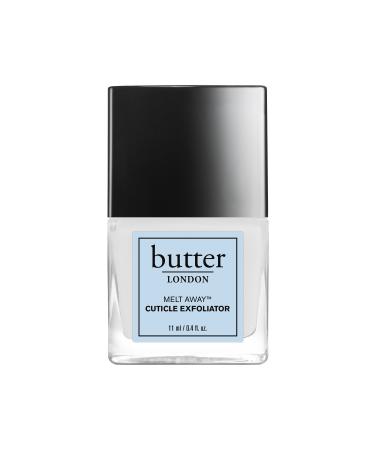
![Stewart Freeze Dried Dog Treats Made in USA [Single Ingredient Puppy and Dog Training Treats - Grain Free Natural Dog Treats] Resealable Tub to Preserve Freshness - Buy Online on GoSupps.com](https://www.gosupps.com/media/catalog/product/cache/25/small_image/375x450/9df78eab33525d08d6e5fb8d27136e95/6/1/61gwbbixarl._ac_sl1500_.jpg)
